Category: Eutheria (Placental mammals)
-

Where Do Tigers Live | Tigers Habitat and Range
Gone are the days when tigers ruled the forests of Asia during the late Holocene and Pleistocene epoch. They had lived in large numbers on the Indonesian islands of Sumatra Bali and Java. However in the 20th century big cats disappeared from all the major habitats in western Asia. Prominent among the causes were human…
Written by
-
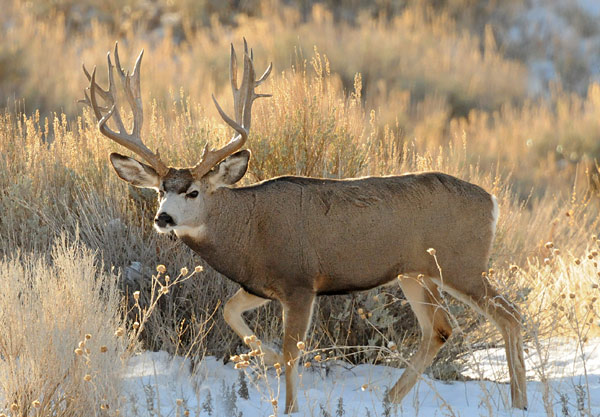
Mule Deer Facts | Anatomy, Diet, Feeding Behavior
The mule deer (Odocoileus hemionus) is a native medium-size mammal of the western United States. It earns its name because of its unusually large ears which is similar to the mule. The mule deer is likely to be smaller in size than the white-tailed deer. They have acute sense of hearing and eyesight with the…
Written by
-
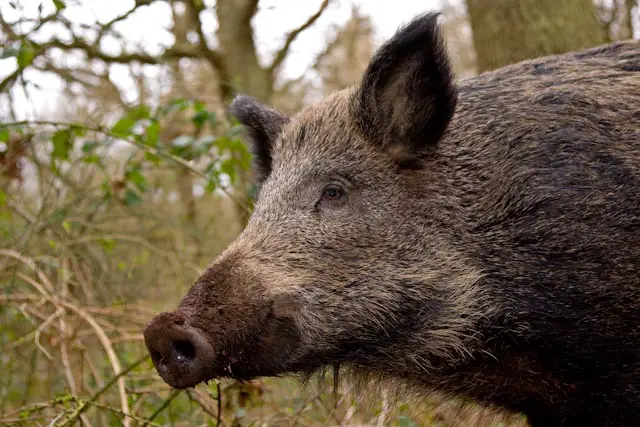
Wild Boar Facts | Anatomy, Diet, Habitat, Behavior
The wild boar (Sus scrofa) is medium-size native mammal of Africa and Eurasia. Most species of pigs evolve from the wild boars. While humans make the animals redundant in its natural habitats the wild boar is one such animal which is spread with the human intervention. It is also called wild swine or Eurasian wild…
Written by
-
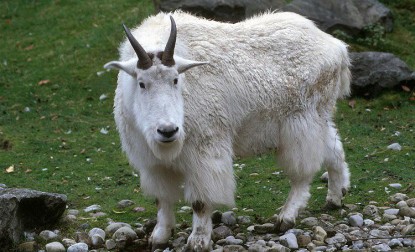
Mountain Goat Facts | Anatomy, Diet, Habitat, Behavior
The mountain goat (Oreamnos americanus) is a North American herbivorous mammal. It finds its homes in alpine and subalpine habitats. Rocky mountain goat is the other name of mountain goat. It is an even-toed ungulate and it belongs to the family Bovidae. The mountain goat is one of the highest living large mammals. Mountain Goat…
Written by
-
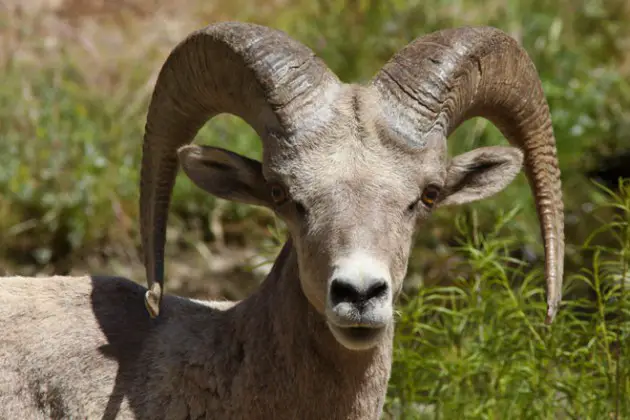
Desert Bighorn Sheep Facts | Anatomy, Diet, Habitat, Behavior
The desert bighorn sheep (Ovis canadensis nelsoni) is a bighorn subspecies that is typically found in the deserts of Northwestern Mexico and Southwestern United States. They are thought to go by many days without drinking. The sheep is similar in size to a mule deer. Bighorn sheep are desert animals. The general trend in the…
Written by
-
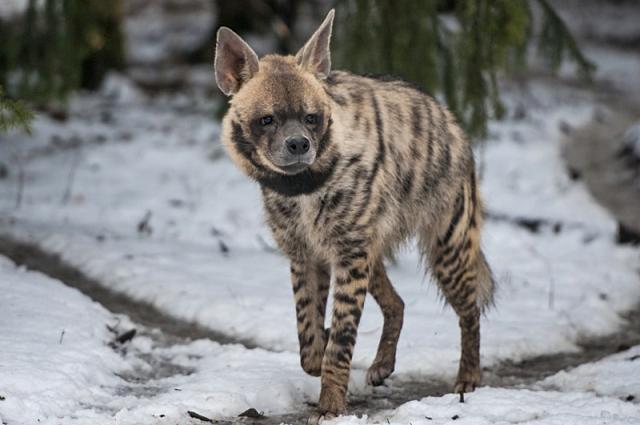
Striped Hyena Facts | Anatomy, Diet, Habitat, Behavior
The striped hyena (Hyaena hyaena) is an African native mammal that occurs in the North and East Africa. The global population of striped hyena is about 10,000 individuals. The striped hyena is the smallest of the true hyena species. It is monogamous species as the breeding animals pair for life. It is one of the…
Written by
-
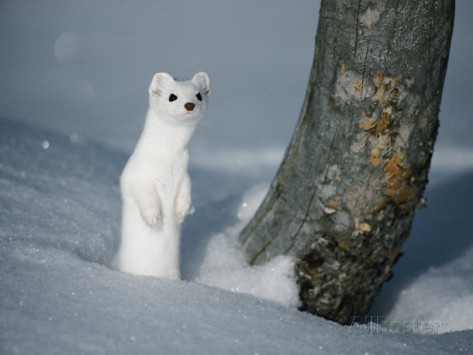
Long Tailed Weasel Facts | Anatomy, Diet, Habitat, Behavior
The long-tailed weasel (Mustela frenata) typically inhabits throughout the United States, southern Canada, and Mexico. It has evolved some 5 – 7 million years ago. The long-tailed weasel is one of the largest weasels that belongs the genus Mustela. Long Tailed Weasel Facts Anatomy Adult weasels grow about 300–350 mm (12–14 in) in the overall…
Written by
-
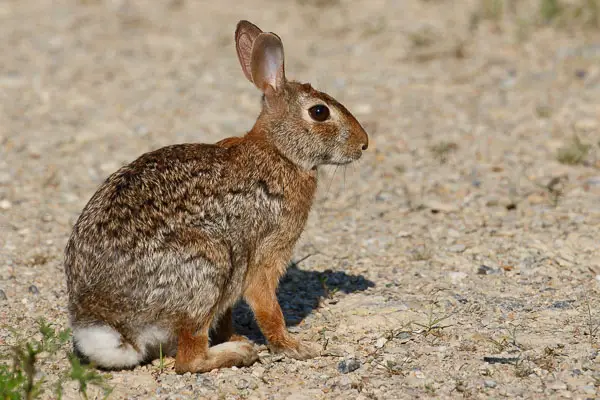
Eastern Cottontail Rabbit Facts | Anatomy, Diet, Habitat, Behavior
The eastern cottontail (Sylvilagus floridanus) is arguably one of the most familiar mammals in the natural habitats as well as in captivity. It makes home in open grassy habitats including shrubby cover. The eastern cottontail is found throughout the United States, northernmost South America, to as far as southern Canada. Eastern Cottontail Rabbit Facts Anatomy…
Written by
-
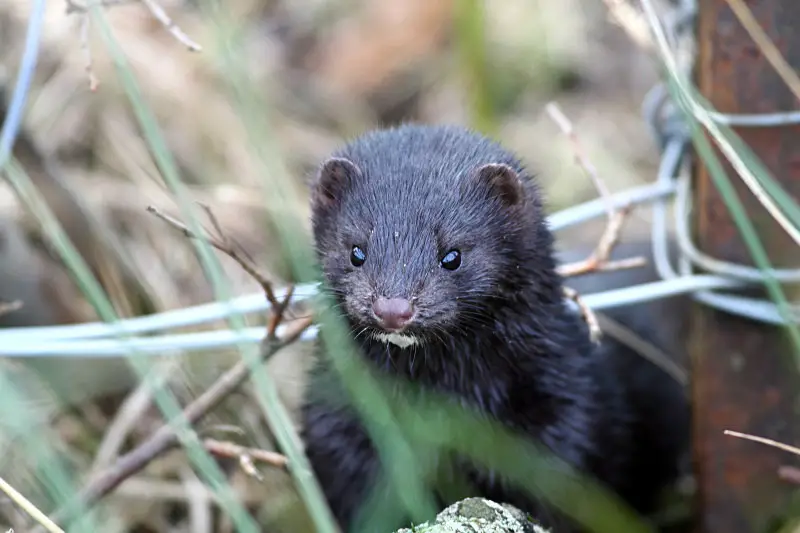
American Mink Facts | Anatomy, Diet, Habitat, Behavior
The American mink (Neovison vison) is a North American mustelid that occurs in different parts of South America and Europe. Humans have long hunted minks precisely due to its attractive fur. The American mink mainly eats crustaceans, rodents, fish, birds, and frogs in the wild. It is likely to be distinguished from weasels and stoats…
Written by
-
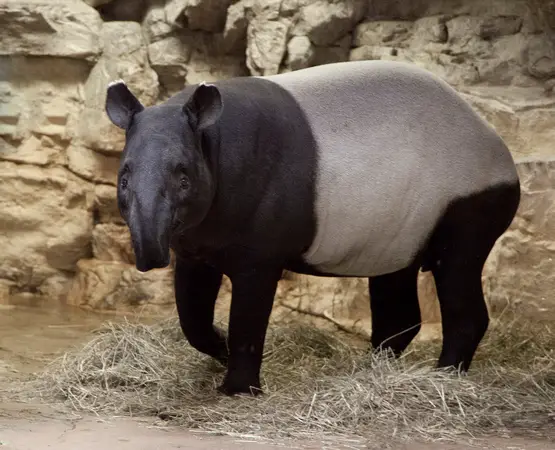
Malayan Tapir Facts | Anatomy, Diet, Habitat, Behavior
The Malayan tapir (Tapirus indicus) is an endangered species and it belongs to the family Tapiridae. There are total five species of tapirs out of which Malayan tapir is the largest. The tapir is native to Asia. Malayan tapirs are distinguished by their black and white plumage and long snout. Malayan tapirs are the largest…
Written by
-
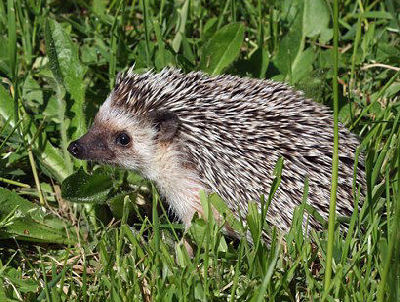
African Pygmy Hedgehog Facts | Anatomy, Diet, Habitat, Behavior
The African pygmy hedgehog (Atelerix albiventris) is nocturnal animal that is typically found in the eastern and central Africa. In the wild it makes homes in savanna habitats but usually avoid thick forests. While the animal is quite good in swimming and climbing it nevertheless remains busy on land. The hedgehog is also known as…
Written by
-
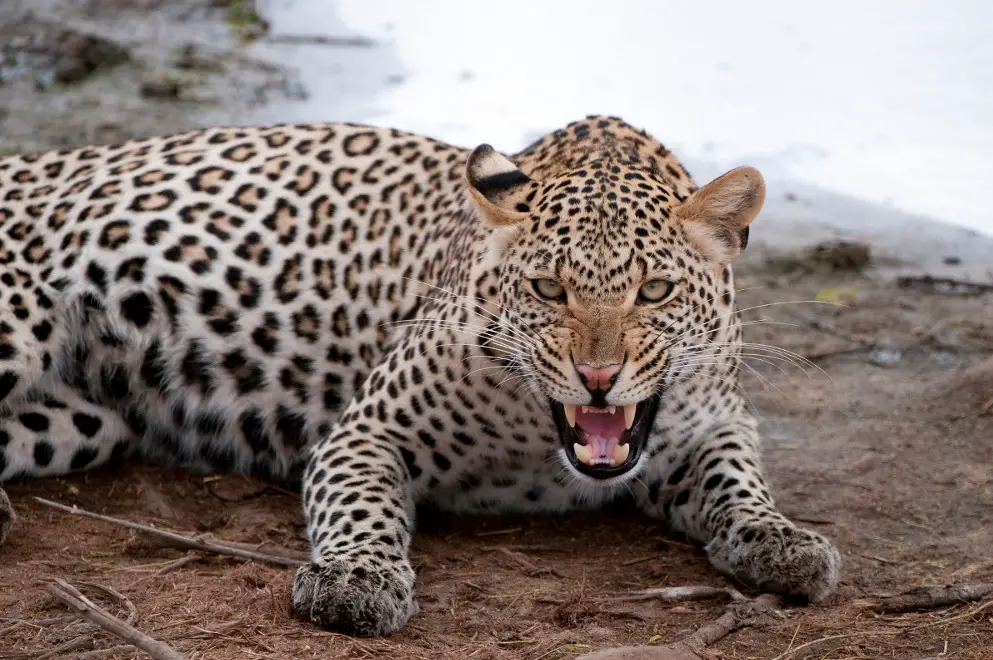
African Leopard Facts | Anatomy, Diet, Habitat, Behavior
The African leopard (Panthera pardus pardus) is the largest spotted cat in Africa. It typically lives in the rainforests of sub-Saharan Africa. Depending on location and habitat, African leopards have varied coloration of coat. The leopards living in the Cape provinces are likely to be physical different from the northern population. African Leopard Facts Anatomy…
Written by
-
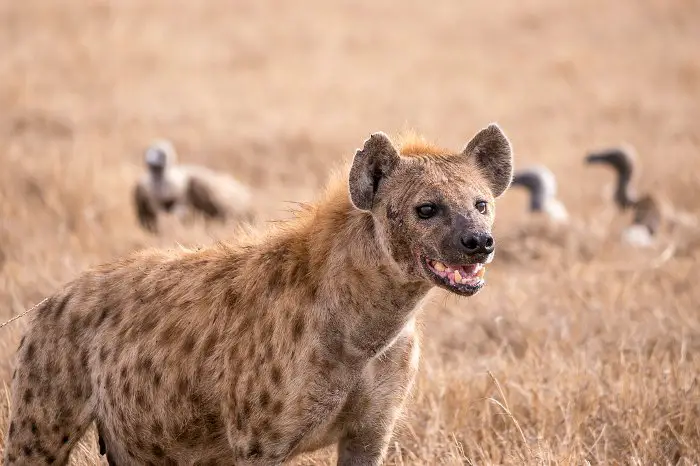
Spotted Hyena Facts | Anatomy, Diet, Habitat, Behavior
The spotted hyena (Crocuta crocuta) is thought to have originated somewhere in Asia and Europe a million years ago. It is the largest of the hyena species and the animal is mainly recognized by its large bear-like build. The spotted hyena is not only most social but is also the most vocal of the Carnivora.…
Written by
-
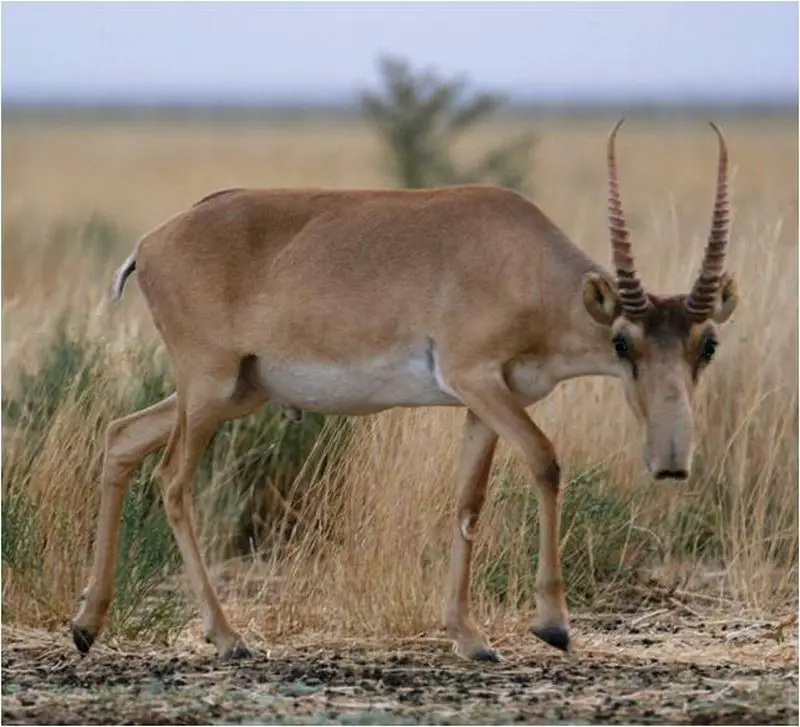
Saiga Antelope Facts | Anatomy, Diet, Habitat, Behavior
The saiga antelope (Saiga tatarica) is a critically endangered species and it is primarily found on the foothills of the Carpathian Mountains including as far as Beringian in North America. Saigas are typically famous for their puffy noses—a nose that makes the breathing air warm and conserve water. Saiga Antelope Facts Anatomy Adult antelopes stand…
Written by
-
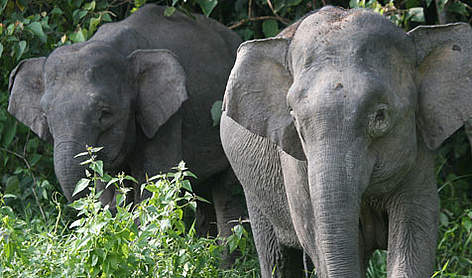
Borneo Pygmy Elephant Facts | Anatomy, Range, Habitat, Behavior
The Borneo pygmy elephant (Elephas maximus borneensis) or the Borneo elephant is an endangered species that lives in the northeastern Borneo, Malaysia, and Indonesia. It has a life expectancy of about 60 years in the wild. Borneo elephants are one of the least understood of elephants. Borneo Pygmy Elephant Facts Anatomy The adult elephants stand…
Written by
